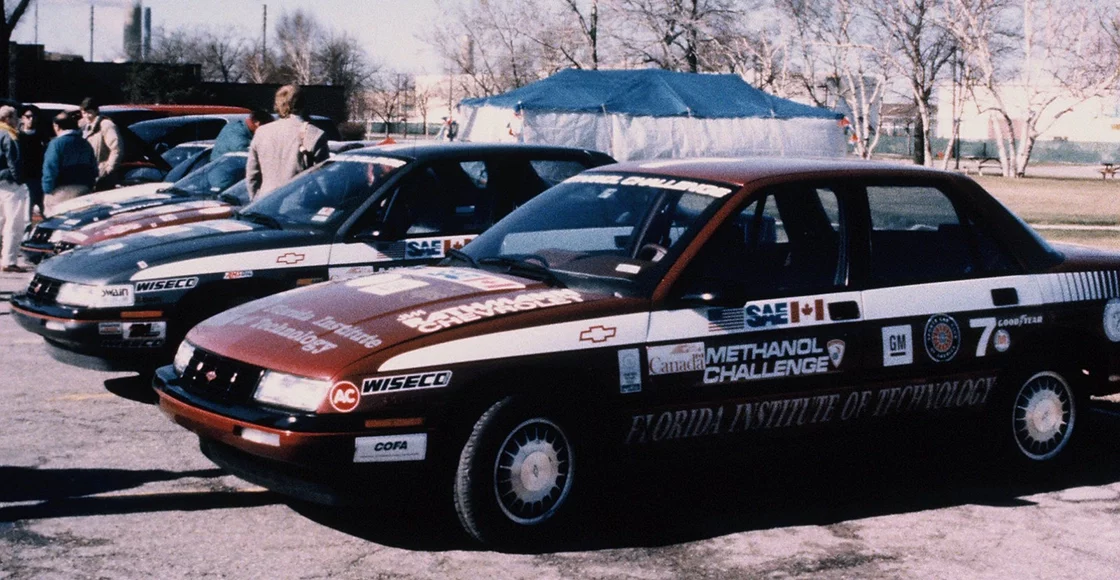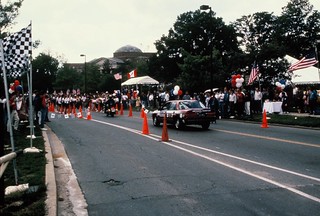Methanol Marathon
Background
Methanol Marathon (1988-1989) was an alternative fuels competition for 15 colleges and universities in North America. Sponsored by the U.S. Department of Energy and General Motors Corporation, schools were selected based on the best proposals for converting 1988 Chevrolet Corsicas to operate on M85 (85% methanol, 15% hydrocarbons). General Motors provided kits of specialized parts to assist the schools with the conversion and teams were tasked to re-engineer these vehicles in under five months.
These modified vehicles competed in performance trails in a 1,230 mile road rally from Detroit to Toronto to Washington, D.C., where the finale was held at the 1989 SAE Government and Industry meeting.
Goals of the competition:
- To offer an unparalleled education experience that teaches teamwork, planning, execution, and the need to solve problems.
- To educate the public about the technologies the students had worked with. “The public” includes others at the school, parents and friends, and people who see the students and their vehicles at parades, auto shows, grade schools, and the dozens of other places the students take their vehicles.
- To provide media coverage for all the parties involved: DOE, other sponsors, schools, faculty advisors, and students.
- To advance the state-of the-art in fuels/vehicle technologies when possible.
- To prepare students to enter or continue with science/engineering studies;or if they are university graduates, to find jobs in the automotive industry.
The second year of Methanol Marathon (1989-1990), known then as Methanol Challenge, was designed to further challenge the student teams by establishing more stringent and controlled tests of their Corsicas from the previous year. An important addition to the Methanol Marathon was the inclusion of a gasoline-powered control vehicle that provided a baseline from which to judge the effectiveness of the conversions.
Twelve of the original 15 teams in Methanol Marathon (1988-1989) competed. Students made improvements on the same cars from the previous year and again, the cars were evaluated in the areas of design, performance, fuel economy, and emissions. This year had a number of ‘firsts’ for competitions. It included full emissions tests at the Environmental Protection Agency (EPA) in Ann Arbor, Michigan, where student vehicles were tested on federal test procedures for the first time. Also, for the first time in a DOE competition, a gasoline powered control vehicle was used for comparison purposes. This gave the student vehicles a benchmark to which they could compare their performances.
This event was held at General Motors’ Milford Proving Grounds and the Michigan International Speedway (MIS). Also, the vehicles competed in an over-the-road rally that started at the Esso Research facility in Sarnia, Ontario.
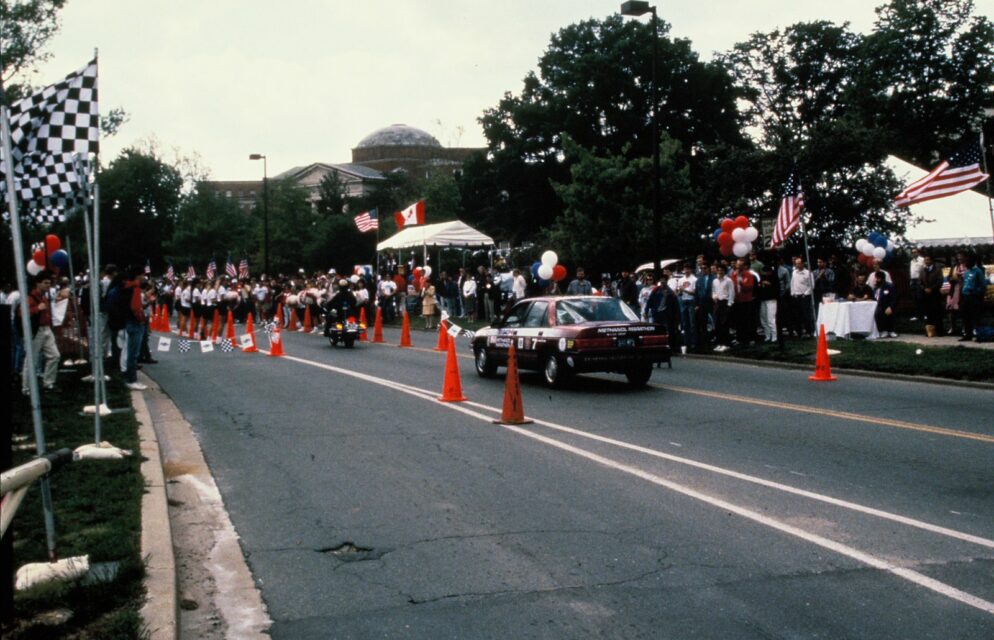
Methanol Marathon
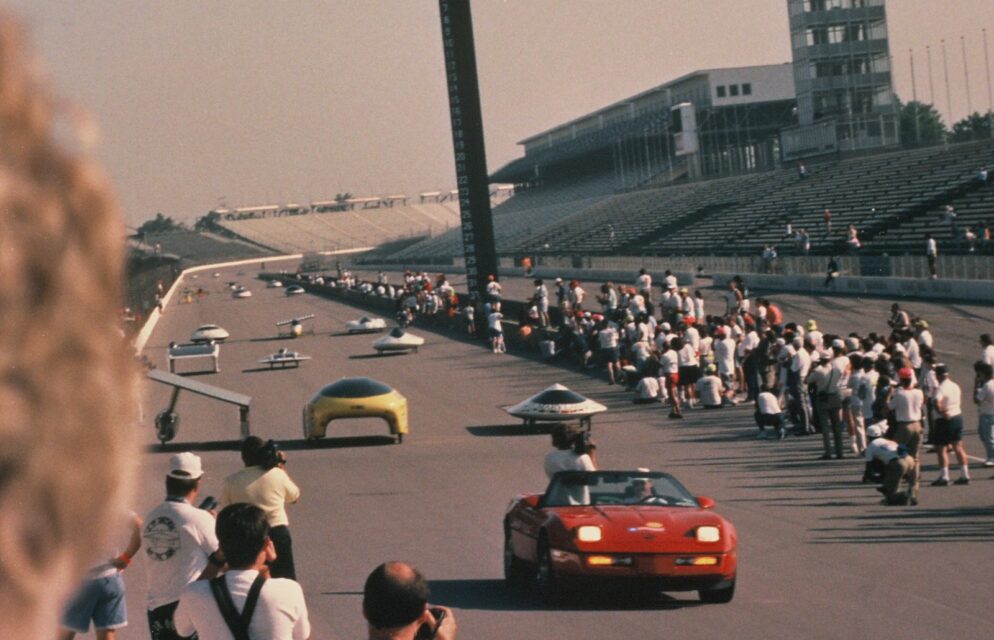
Methanol Marathon
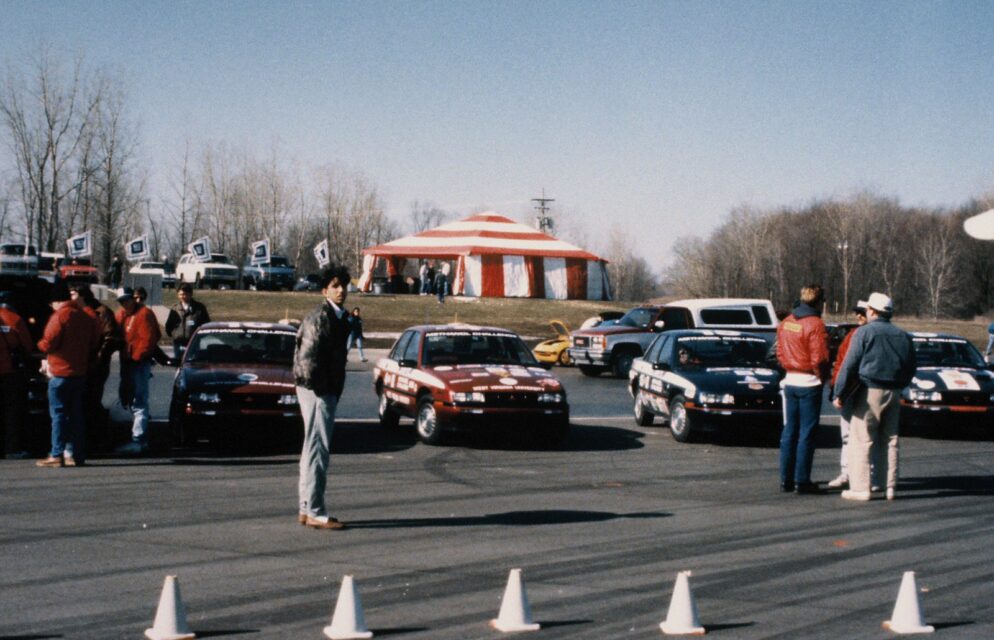
Methanol Marathon
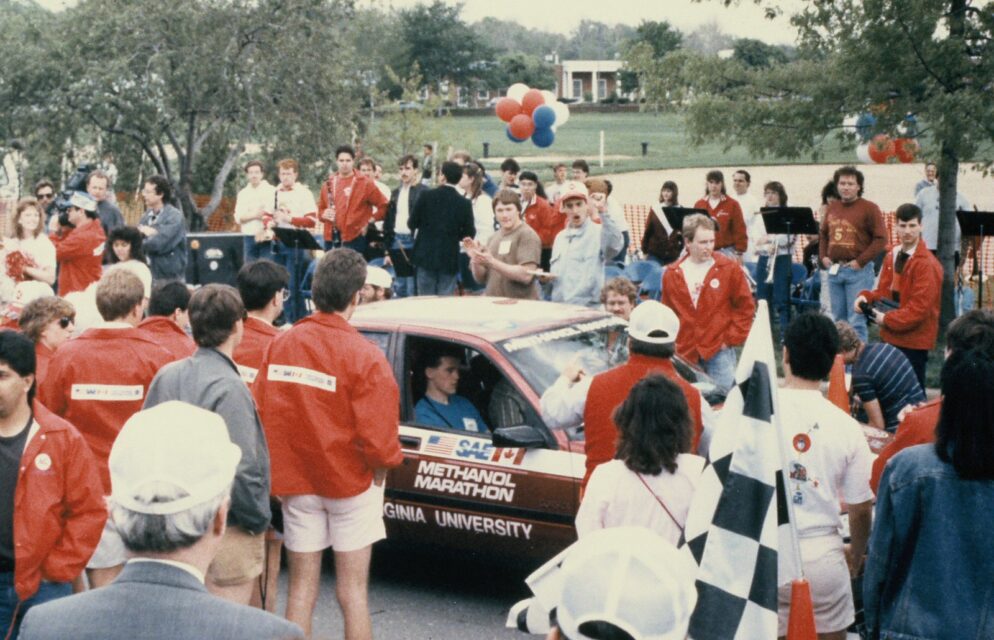
Methanol Marathon

Methanol Marathon
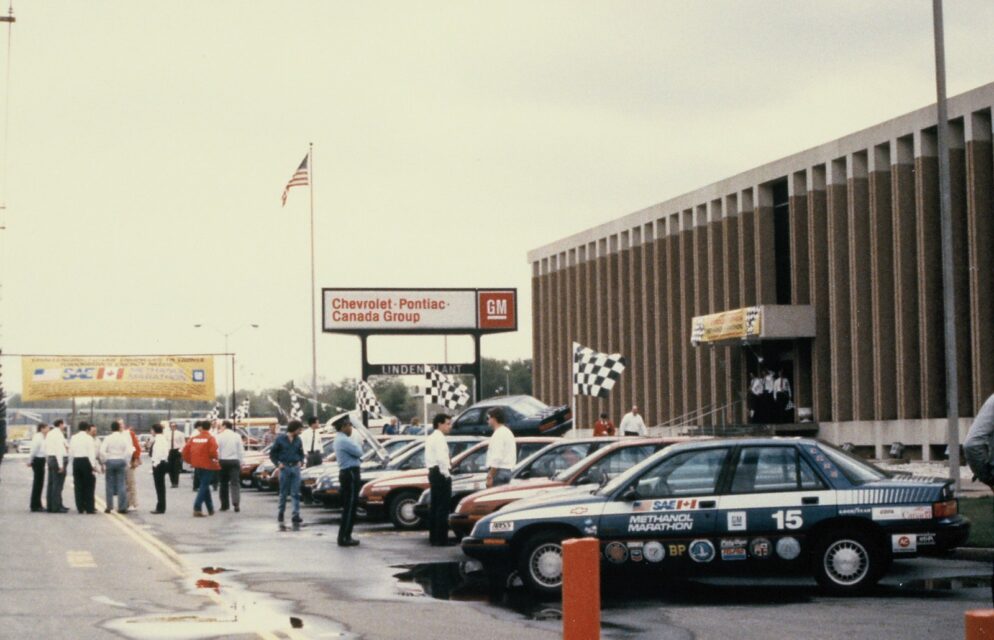
Methanol Marathon
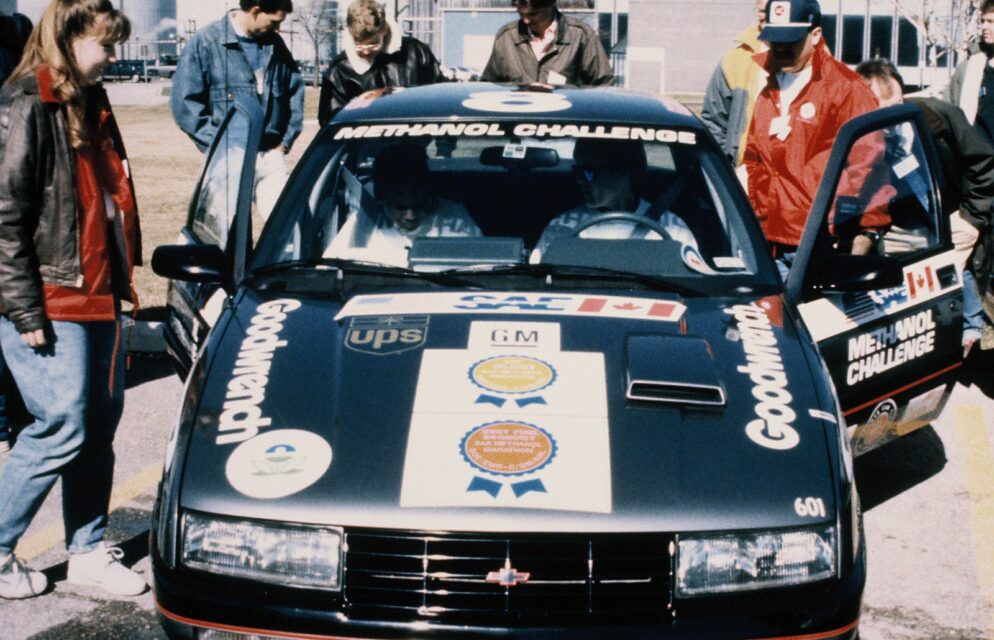
Methanol Marathon

Methanol Marathon
Innovations & Highlights
200 eager engineering students and their faculty advisors to spent two years trying to optimize the use of M85 in a production vehicle. The students were expecting a conversion and rally, and they took part in an once-in-a-lifetime experience. The students also enhanced their chances of finding a job in the automobile business. Their future employers will benefit from the experience the students acquired.
Thirteen schools took advantage of methanol’s high octane and raised the compression ratio to improve fuel economy and power. The compression ratios ranged from Michigan Tech’s conservative 10.5:1, to Penn State’s aggressive 14:1. This competition resulted in several creative innovations, such as high-tech ignition systems, reverse flow cooling systems, complex turbochargers, and fuel atomizers.
Highlights:
- The University of Tennessee, Knoxville had the highest fuel economy at 37 miles per gallon gasoline equivalent (mpgge).
- Concordia University had a 0-500 feet time of 8.07 seconds.
- Because they turbocharged their engines, Tennessee and Concordia maintained the production 8.9:1 compression ratio.
- Rochester Institute of Technology increased the compression ratio, modified the cam profile to increase the flow through the valve, and added an ultrasonic vaporizing system and a high energy ignition deal with cold starts.
- Trying to get the best of both worlds, Maryland used a 13.25:1 ratio to improve road-load fuel economy and a large, low-boost turbocharger to increase full-load power. They also won the Road Rally Event.
- Texas Tech University had a dual exhaust system and used a conventional exhaust manifold stove to heat the intake air after the engine was cold started.
- West Virginia University tested cold starting and determined that an increase in cranking speed of 65 revolutions per minute improved the start time from 1.82 seconds to 0.52 seconds.
- Penn State University provided resistive heating to the fuel injectors that aided vaporization on cold start-up.
- Florida Institute of Technology students designed a system where only three of the six cylinders fired during light-load operation.
- Colorado State’s vehicle had the most innovative M85 concept and for extremely low temperature starting, their vehicle generated dimethyl ether (DME) from the M85 fuel.
- Washington University installed a supplemental intake air preheated and a multiple spark-ignition system to improve cold starts.
- New York Institute of Technology use a multi-port simultaneous double-fire fuel injector and a high energy multiple spark capacitive discharge ignition to improve the cold start of the vehicle.
- The first full emissions tests were held during the second year at the Environmental Protection Agency (EPA) in Ann Arbor, Michigan
- A gasoline powered control vehicle was used for comparison purposes. This gave the student vehicles a benchmark to which they could compare their performances.
- A surprising accomplishment was that most cars had very low emissions; even though most schools had no emission testing facilities anywhere near them. The best student vehicle got 20% higher mpgge than the gasoline control vehicle at 55 mph.
- Western Washington University won first and second place in the 1993 HEV Challenge Paper Competition, where they designed a hybrid electric vehicle which ranged from 45 miles on full-electric charge to 554 miles in hybrid capability.
- Based on the performance of the “ground-up” hybrid electric vehicles in 1993, data revealed a 1 km/kWh energy economy benefit for every 133 kg decrease in vehicle mass.
- Michigan State University built a series hybrid electric vehicle that featured nickel metal hydride batteries with a fiber glass and carbon fiber cloth.
- Cal State, San Luis Obispo’s ground-up vehicle featured a two-person tandem seating with a single gull-wing door.
- University of California, Davis built the first plug-in hybrid electric vehicle from the ground up in AVTCs
- Lawrence Tech created a brand new ground-up vehicle in between competition years by a adding an electromagnetic clutch to disengage the motor when it is not in use.
- Cornell built three separate ground-up conversions, including adding a custom microcontroller, switching from M85 to CNG, and developing graphite-honeycomb matrix body panels.
- Consumer acceptability was first introduced in to AVTCs in 1995.
- The Dodge Neon conversion class required teams to use CNG and have functioning air conditioning.
- University of Maryland’s vehicle featured solar cells.
- Penn State used Electro Source Horizon batteries to help power its series, charge-sustaining, large electric-only range, hybrid vehicle.
- University of Tennessee, Knoxville rebuilt their Geo 1.0-L 3-cylinder, 4-stroke engine, which increased their compression ratio in the cylinders from 9.21 to 9.91.
- West Virginia University was the most efficient methanol vehicle in 1993 HEV Challenge.
- University of California, Davis was able to travel 134 miles on one electric charge using zinc-flow battery.
- Kohler Engines implemented the University of Wisconsin-Madison’s small engine emissions to improve Kohler engine performance.
- HEVs built by University of Illinois at Chicago, University of Maryland, and University of California-Davis were used to evaluate SAE draft HEV emissions test procedures for J1711.
- Detroit Edison was able to gather data from HEV Challenge to help support mass-produced electric vehicles for commercial fleets.
- The University of Maryland developed a hybrid electric vehicle similar to the Toyota Prius, which didn’t debut until 1996
Universities Involved
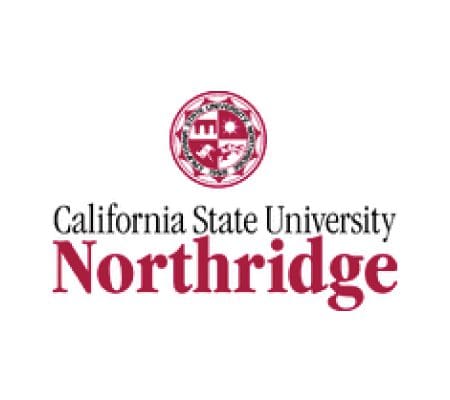
California State University, Northridge
Location
Northridge, CalifoniaVehicle Design
Lorem ipsum dolor sit amet, consectetur adipisicing elit. Sit voluptates vero possimus enim non dicta aliquid veniam atque molestias, repellat cum unde vel sequi dolor at facilis corporis. Et, molestias labore quidem id impedit repellendus!Faculty Advisors
- None given

Colorado State University
Location
Fort Collins, ColoradoVehicle Design
Lorem ipsum dolor sit amet, consectetur adipisicing elit. Sit voluptates vero possimus enim non dicta aliquid veniam atque molestias, repellat cum unde vel sequi dolor at facilis corporis. Et, molestias labore quidem id impedit repellendus!Faculty Advisors
- None given
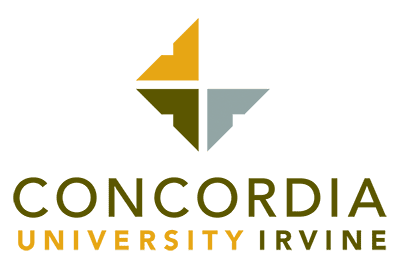
Concordia University
Location
St. Paul, MinnesotaVehicle Design
Lorem ipsum dolor sit amet, consectetur adipisicing elit. Sit voluptates vero possimus enim non dicta aliquid veniam atque molestias, repellat cum unde vel sequi dolor at facilis corporis. Et, molestias labore quidem id impedit repellendus!Faculty Advisors
- None given
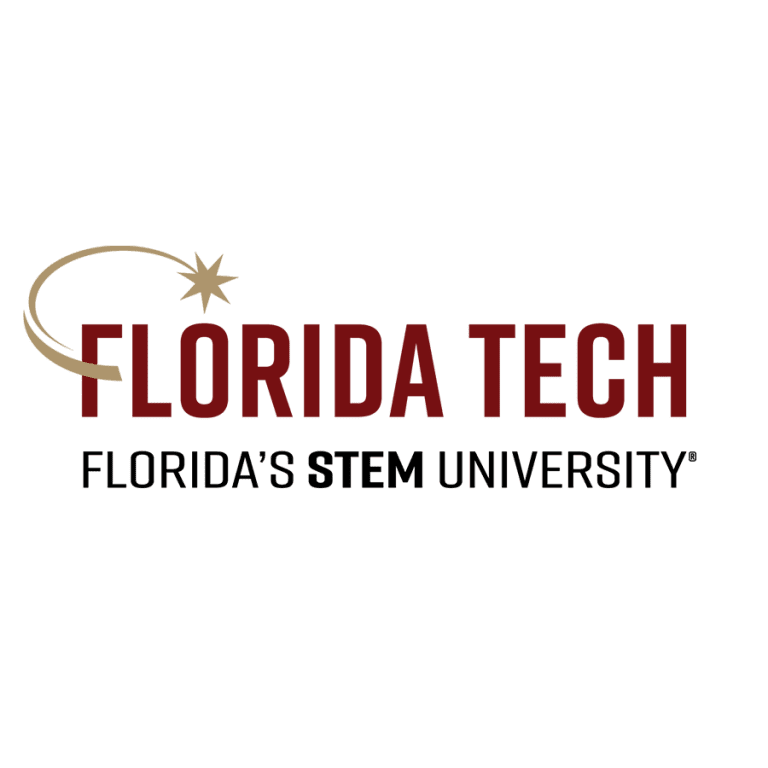
Florida Institute of Technology
Location
Melbourne, FloridaVehicle Design
Lorem ipsum dolor sit amet, consectetur adipisicing elit. Sit voluptates vero possimus enim non dicta aliquid veniam atque molestias, repellat cum unde vel sequi dolor at facilis corporis. Et, molestias labore quidem id impedit repellendus!Faculty Advisors
- None given
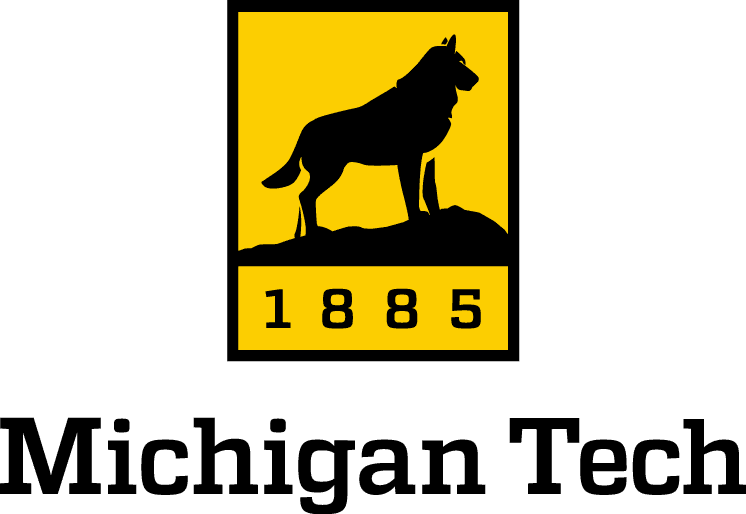
Michigan Institute of Technology
Location
Houghton, MichiganVehicle Design
Lorem ipsum dolor sit amet, consectetur adipisicing elit. Sit voluptates vero possimus enim non dicta aliquid veniam atque molestias, repellat cum unde vel sequi dolor at facilis corporis. Et, molestias labore quidem id impedit repellendus!Faculty Advisors
- None given
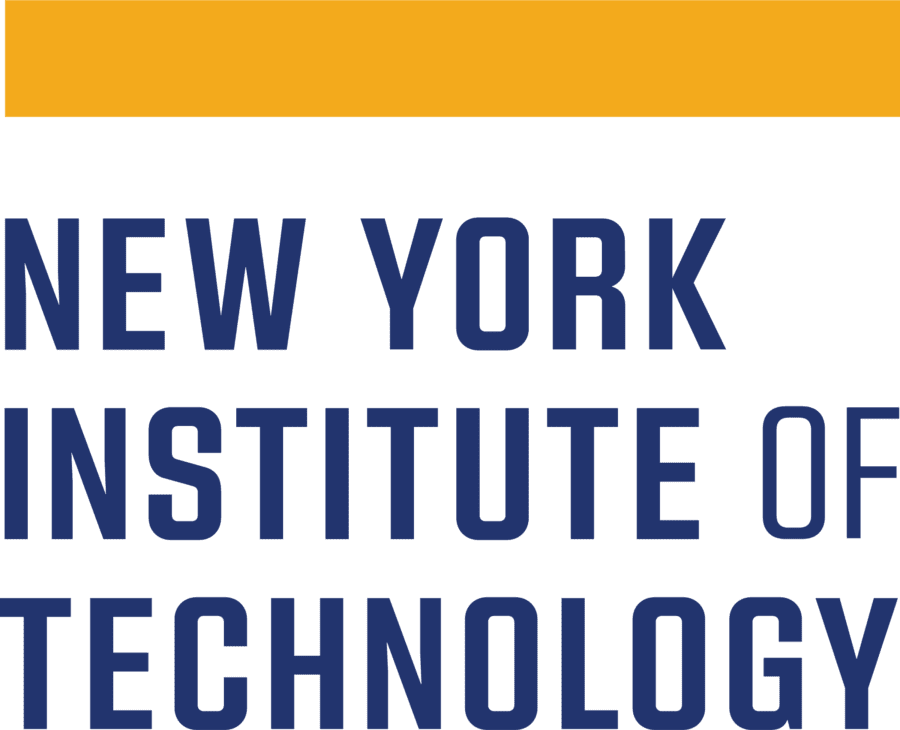
New York Institute of Technology
Location
New York, New YorkVehicle Design
Lorem ipsum dolor sit amet, consectetur adipisicing elit. Sit voluptates vero possimus enim non dicta aliquid veniam atque molestias, repellat cum unde vel sequi dolor at facilis corporis. Et, molestias labore quidem id impedit repellendus!Faculty Advisors
- None given
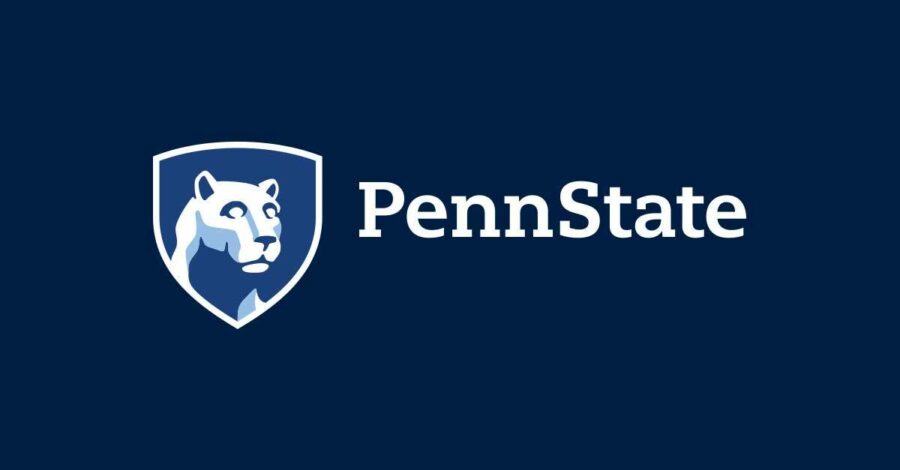
Pennsylvania State University
Location
University Park, PennsylvaniaVehicle Design
Lorem ipsum dolor sit amet, consectetur adipisicing elit. Sit voluptates vero possimus enim non dicta aliquid veniam atque molestias, repellat cum unde vel sequi dolor at facilis corporis. Et, molestias labore quidem id impedit repellendus!Faculty Advisors
- None given

Rochester Institute of Technology
Location
Rochester, New York Angeles, CalifoniaVehicle Design
Lorem ipsum dolor sit amet, consectetur adipisicing elit. Sit voluptates vero possimus enim non dicta aliquid veniam atque molestias, repellat cum unde vel sequi dolor at facilis corporis. Et, molestias labore quidem id impedit repellendus!Faculty Advisors
- None given
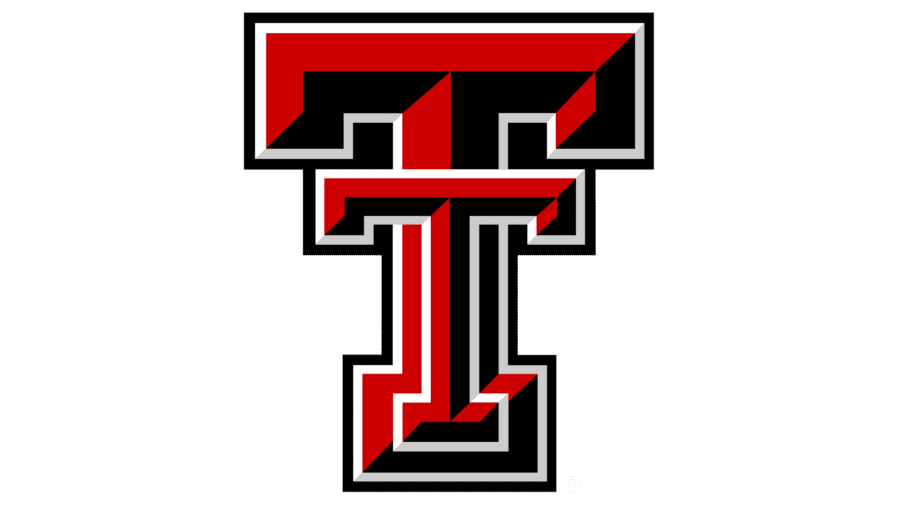
Texas Tech University
Location
Lubbock, TexasVehicle Design
Lorem ipsum dolor sit amet, consectetur adipisicing elit. Sit voluptates vero possimus enim non dicta aliquid veniam atque molestias, repellat cum unde vel sequi dolor at facilis corporis. Et, molestias labore quidem id impedit repellendus!Faculty Advisors
- None given
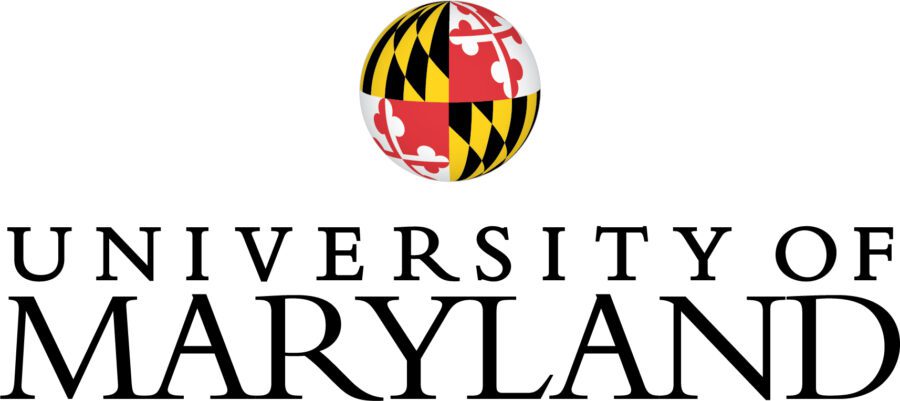
University of Maryland
Location
College Park, MarylandVehicle Design
Lorem ipsum dolor sit amet, consectetur adipisicing elit. Sit voluptates vero possimus enim non dicta aliquid veniam atque molestias, repellat cum unde vel sequi dolor at facilis corporis. Et, molestias labore quidem id impedit repellendus!Faculty Advisors
- None given
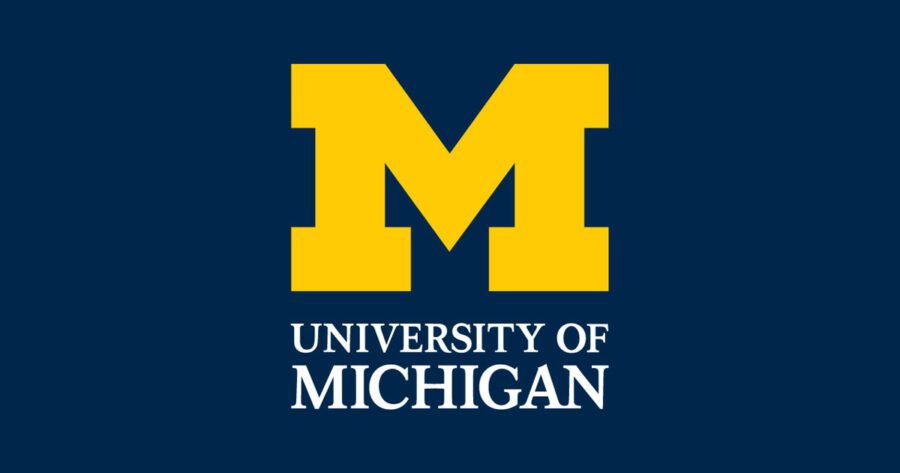
University of Michigan, Ann Arbor
Location
Ann Arbor, MichiganVehicle Design
Lorem ipsum dolor sit amet, consectetur adipisicing elit. Sit voluptates vero possimus enim non dicta aliquid veniam atque molestias, repellat cum unde vel sequi dolor at facilis corporis. Et, molestias labore quidem id impedit repellendus!Faculty Advisors
- None given
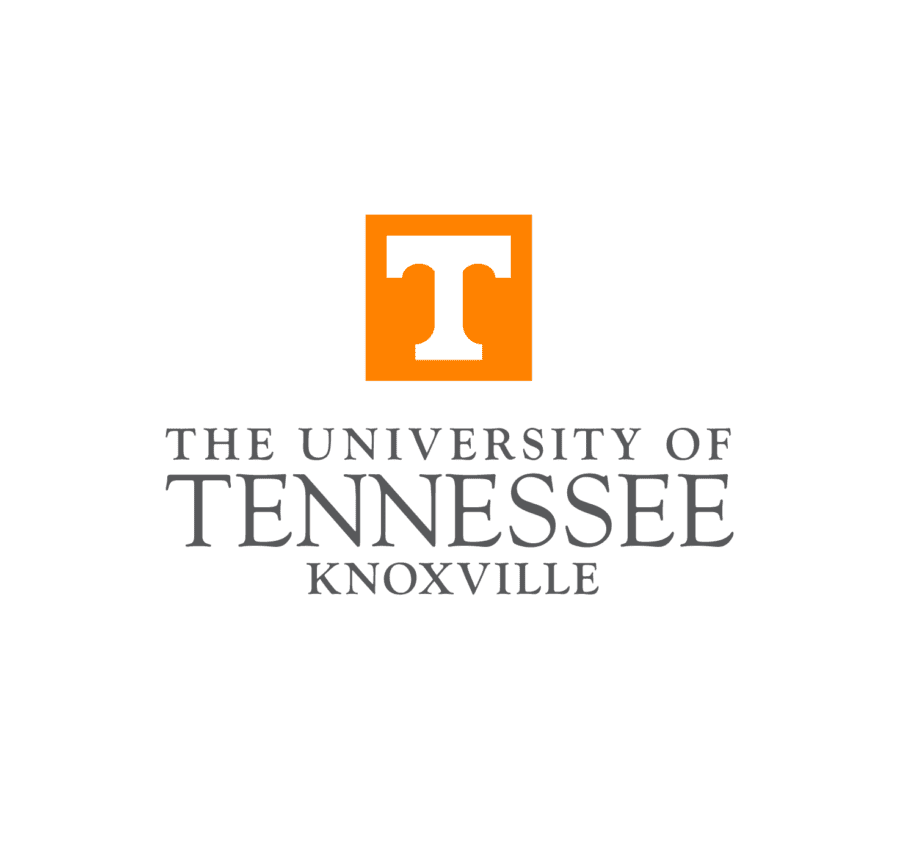
University of Tennessee, Knoxville
Location
Knoxville, TennesseeVehicle Design
Lorem ipsum dolor sit amet, consectetur adipisicing elit. Sit voluptates vero possimus enim non dicta aliquid veniam atque molestias, repellat cum unde vel sequi dolor at facilis corporis. Et, molestias labore quidem id impedit repellendus!Faculty Advisors
- None given

Washington University, St. Louis
Location
St. Louis, MissouriVehicle Design
Lorem ipsum dolor sit amet, consectetur adipisicing elit. Sit voluptates vero possimus enim non dicta aliquid veniam atque molestias, repellat cum unde vel sequi dolor at facilis corporis. Et, molestias labore quidem id impedit repellendus!Faculty Advisors
- None given

West Virginia University
Location
Morgantown, West VirginiaVehicle Design
Lorem ipsum dolor sit amet, consectetur adipisicing elit. Sit voluptates vero possimus enim non dicta aliquid veniam atque molestias, repellat cum unde vel sequi dolor at facilis corporis. Et, molestias labore quidem id impedit repellendus!Faculty Advisors
- None given
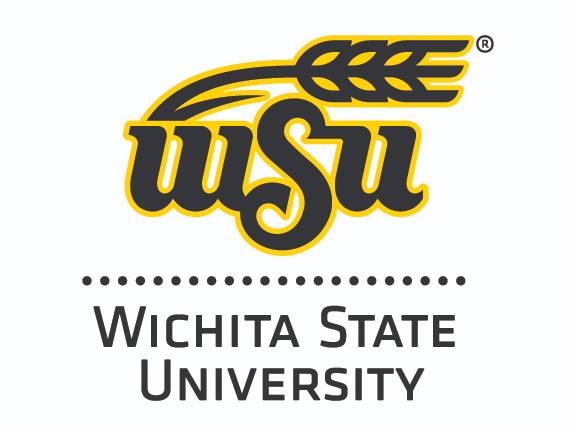
Wichita State University
Location
Wichita, KansasVehicle Design
Lorem ipsum dolor sit amet, consectetur adipisicing elit. Sit voluptates vero possimus enim non dicta aliquid veniam atque molestias, repellat cum unde vel sequi dolor at facilis corporis. Et, molestias labore quidem id impedit repellendus!Faculty Advisors
- None given
Winners & Awards
Each year, university teams compete in a variety of static and dynamic events that range from oral presentations to on-road vehicle testing to communications and business tactics. These static and dynamic events are judged by industry sponsors and professionals, both throughout the year and in-person at the year-end competition.
Below includes more detail about event awards and winners:
Year One 1988-1989
- Conversion Design and Fabrication – Colorado State University
- Oral Presentation – Colorado State University
- Test Track Acceleration – Concordia University
- Cold Start Driveability – Concordia University
- Overall Fuel Economy – University of Tennessee
- Rally Points – University of Maryland
- 1st Place : University of Tennessee, Knoxville
- 2nd Place: Concordia University
- 3rd Place: Rochester Institute of Technology
- 4th Place: University of Maryland
- 5th Place: Texas Tech University
Sponsors
Below are the list of sponsors who helped make Methanol Marathon possible:
1989 Only
HEV Challenge Media Coverage
Select a tab above to view content
- Media Coverage Report
- Students to enter car in GM methanol contest – March 16, 1989
- About Cars; A Marathon for Methanol Use – May 7, 1989
- Penn State Seniors Engineered Their Way Through Road Rally – May 5, 1989
- Weber State College Engineering Team to Vie for Methanol Marathon Spot – Nov 8, 1988
- University of Tennessee Wins Methanol Marathon – May 4, 1989
- Alternative-fuel Research Is Back In The Fast Lane – May 14, 1989
- Alternate finish line. (the Methanol Marathon) – August 1, 1989
